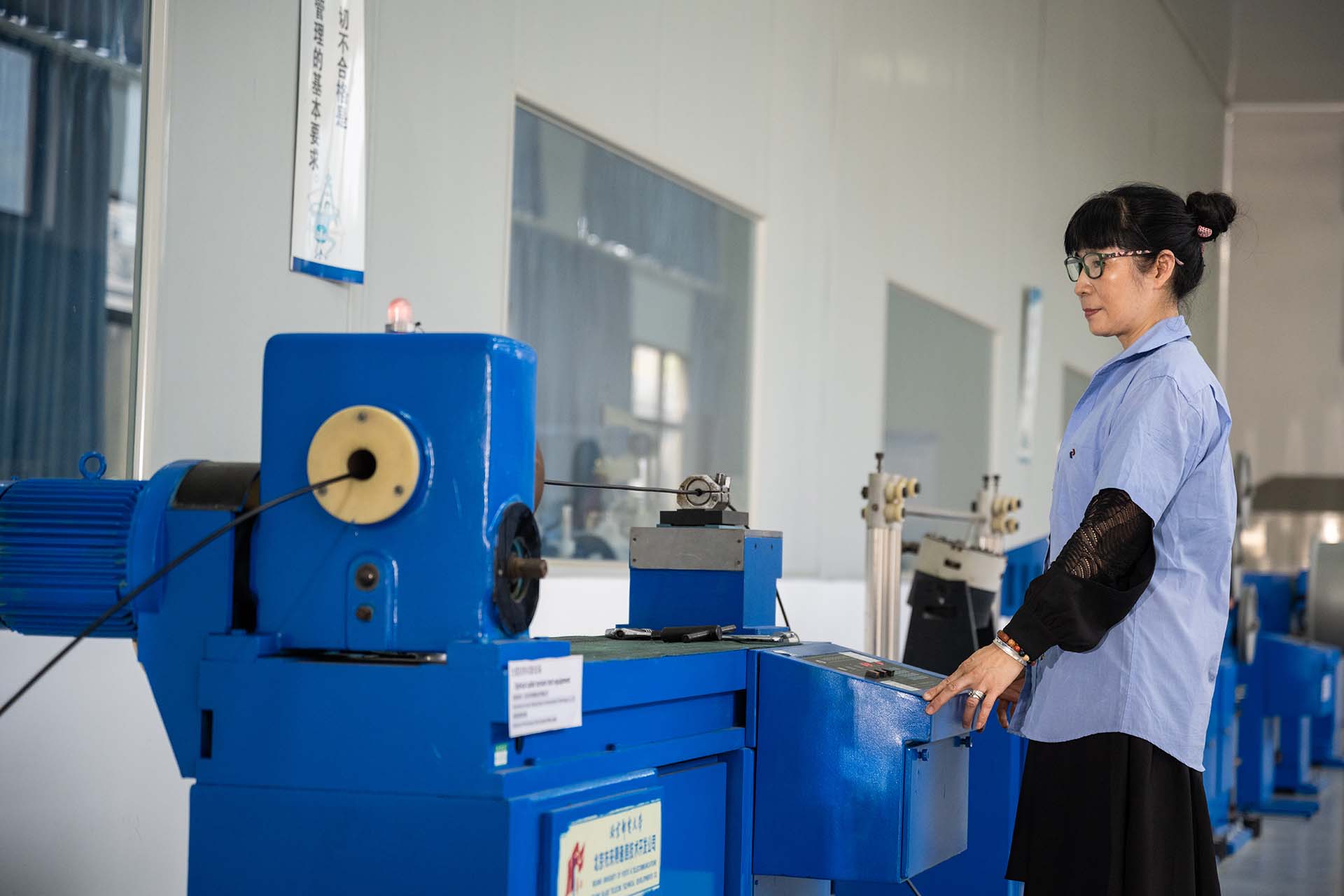Quality testing center
In the quality inspection system of optical cables, the bending capability test is a core link to evaluate their mechanical properties and transmission stability, which needs to be strictly detected from multiple dimensions. During the test, the test standards are first determined according to the type of optical cable and the application scenario. For example, indoor cabling optical cables usually need to pass the bending test on a core shaft with a diameter of 20mm, while outdoor optical cables may need to withstand greater bending stress. The optical cable is evenly wound around a cylindrical core shaft of the specified diameter, maintained in a 180° bending state for a specified time (such as 30 minutes), and the optical signal attenuation value is continuously monitored during this period. If the attenuation exceeds 0.5dB, it is determined as unqualified.
At the same time, microscopic inspection of the optical cable appearance is required: using a magnifying glass to observe whether there are cracks or delamination on the sheath surface. After peeling the sheath, the fiber core coating is detected for damage, and an OTDR (Optical Time Domain Reflectometer) is used to track the loss peak of the fiber core at the bending position to determine whether signal leakage is caused by micro-bending. In addition, environmental adaptability testing is also crucial - repeating the bending operation in a temperature zone from -20°C to 60°C to simulate the laying scenario in extreme climates and verify the stability of the optical cable's bending performance during temperature fluctuations.
This detection not only ensures that the optical cable can resist bending deformation in conventional scenarios such as building cabling and pipeline crossing but also provides reliable data for special projects such as cross-sea optical cables and mountain laying. By quantifying the corresponding relationship between the bending radius and optical attenuation, combined with the material mechanics analysis of the stress distribution of the sheath and fiber core, the flexibility and fatigue resistance of the optical cable can be comprehensively evaluated, laying a detection foundation for the safety and long-term effectiveness of communication projects.

